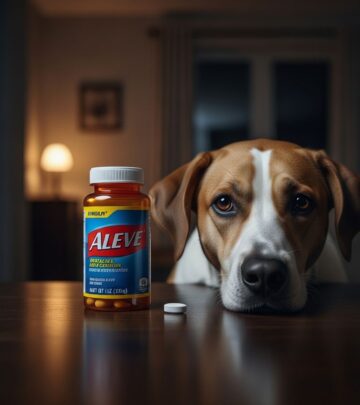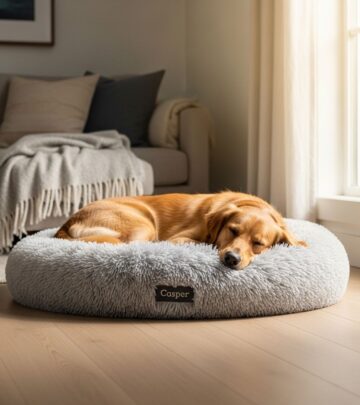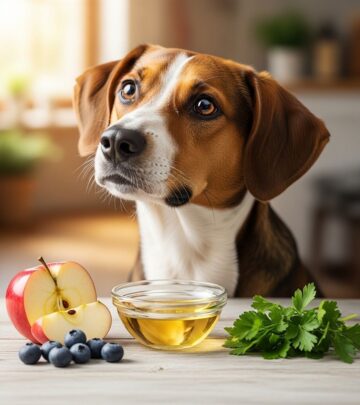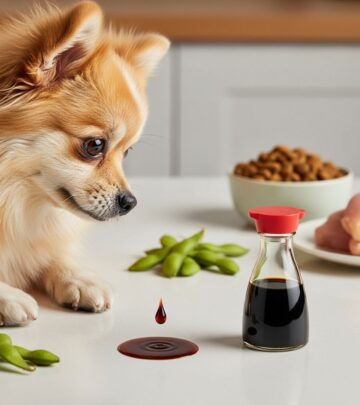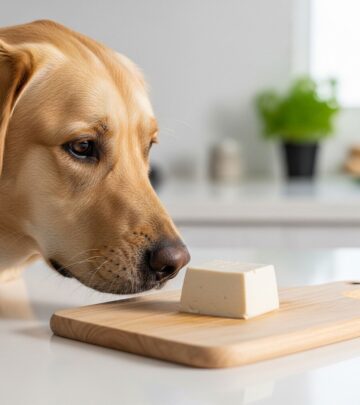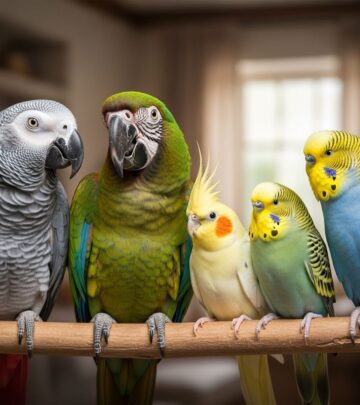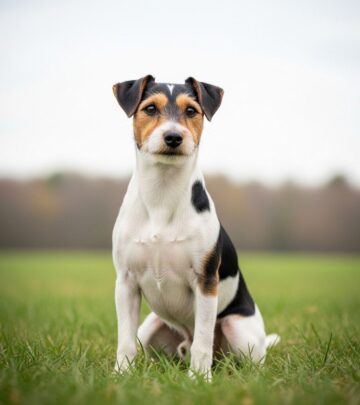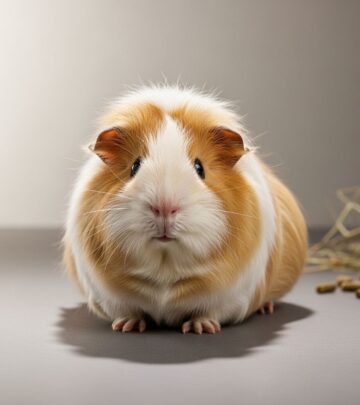What To Feed A Dog With Diarrhea: 3 Easy Bland Diet Recipes
Expert advice for managing your dog's diarrhea through diet, hydration, and supportive care to promote a healthy gut.
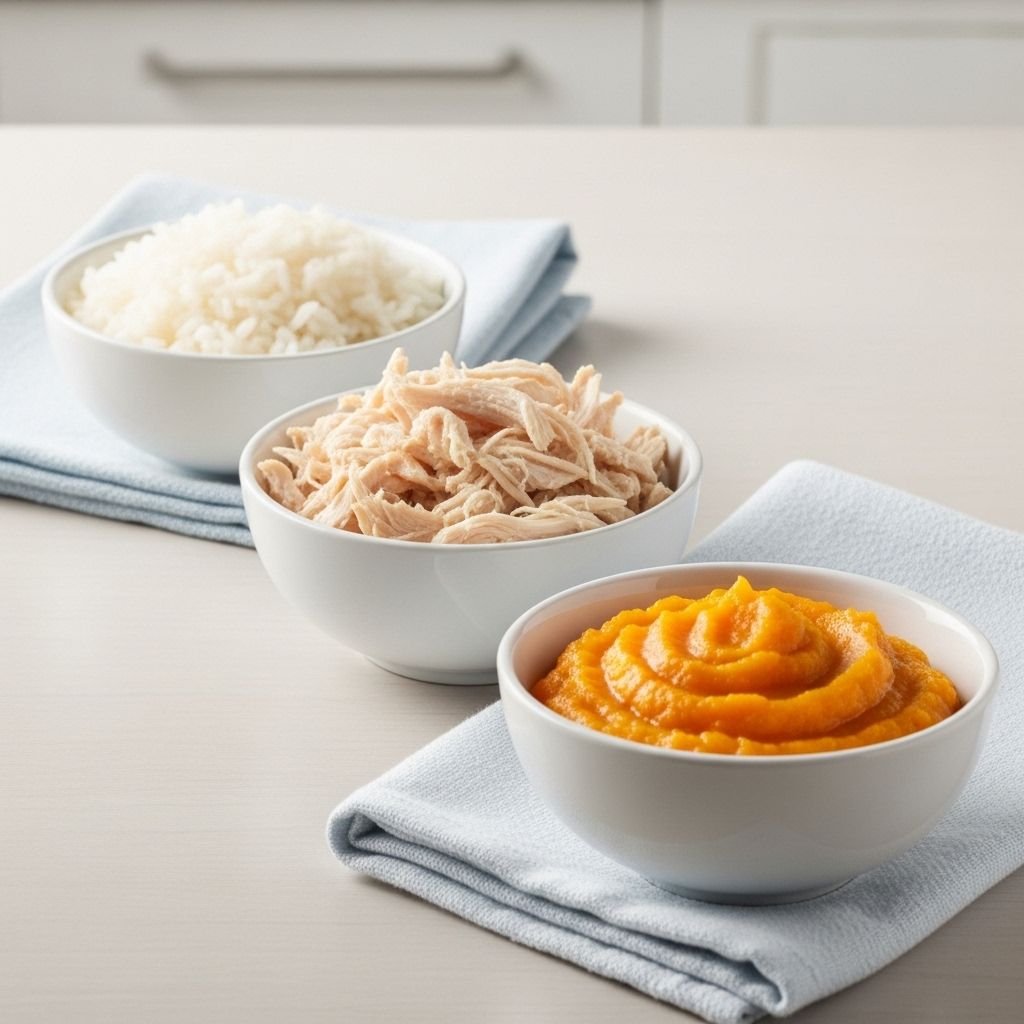
Image: HearthJunction Design Team
What to Feed a Dog With Diarrhea: A Comprehensive Guide
When your dog has diarrhea, it can be distressing for both pet and owner. While many cases are mild and resolve with simple diet changes, others require more involved intervention and even veterinary care. Understanding what to feed a dog with diarrhea is crucial for their swift recovery, comfort, and ongoing digestive health. This article provides a thorough overview, drawing on expert advice and proven best practices.
Understanding Diarrhea in Dogs
Diarrhea in dogs is a common symptom of digestive upset, characterized by loose or watery stools. It can occur due to dietary indiscretion, infections, stress, parasites, food allergies, or underlying diseases. The goal is to help your dog’s gut recover by supporting hydration, providing easily digestible nutrition, and monitoring for signs that require veterinary attention.
First Steps: Assessing Your Dog’s Condition
- Observe your dog’s behavior: Are they still alert, eating, and drinking water?
- Note the frequency and severity of diarrhea: Is it mild, or does it involve blood, mucus, or is it extremely frequent?
- Monitor for additional symptoms: such as vomiting, lethargy, fever, or signs of dehydration (sunken eyes, dry gums, skin tenting).
If your dog is otherwise healthy and the diarrhea is mild and short-lived, dietary management at home is often appropriate. However, if symptoms are severe or persist beyond 24-48 hours, contact your veterinarian immediately.
Immediate Care: Withholding Food and Ensuring Hydration
For adult dogs, you can withhold food for 12-24 hours to allow the digestive tract to rest. Young puppies and toy breeds should not have food withheld for more than 12 hours due to their faster metabolism and risk of low blood sugar. Throughout this period, fresh, clean water must be available at all times. Offer small amounts frequently to prevent dehydration. For dogs reluctant to drink, try low-sodium chicken broth or an unflavored pediatric electrolyte solution (in moderation) to encourage fluid intake.
Transitioning to a Bland Diet
Why a Bland Diet?
A bland diet is gentle on the digestive system, allowing the gut to recover and reducing irritation. It is low in fiber and fat, highly digestible, and provides basic nutrition without aggravating the stomach or intestines.
Key Components of a Bland Diet
- Lean, cooked protein: Skinless chicken breast, boiled turkey, lean ground beef, or low-fat cottage cheese. Avoid any seasoning or oils.
- Easily digestible carbohydrates: Plain white rice, boiled potatoes (without skin), plain pasta. These provide easily absorbed energy and help firm up stools.
- Optional fibers: Plain, canned pumpkin (not pie filling), which is high in soluble fiber and can help bulk stools.
Sample Bland Diet Recipes
- 2 parts cooked white rice + 1 part boiled, skinless chicken breast (shredded). Mix thoroughly and serve cool.
- 1 part boiled ground lean beef + 2 parts cooked plain pasta.
- 2 parts boiled potatoes (peeled, mashed, unsalted) + 1 part low-fat cottage cheese.
Feed small, frequent meals (every 3-4 hours) rather than one or two large meals. Offer food at room temperature or slightly warm (not hot).
Dietary Additions: Supporting Gut Health
Depending on your dog’s history and your vet’s recommendation, you may add supportive supplements, including:
- Probiotics: These help restore healthy intestinal flora and may speed recovery from diarrhea. Choose those formulated for dogs, as their gut bacteria differ from humans’.
- Digestive enzymes: These can aid in nutrient absorption, especially if your dog has had chronic digestive issues.
- Prebiotics: These are dietary fibers that feed good bacteria in the gut, supporting overall digestive health.
Foods to Avoid When a Dog Has Diarrhea
- Fatty meats or fried foods
- Dairy (unless recommended as cottage cheese or yogurt in small amounts)
- Anything spicy, seasoned, or greasy
- Raw vegetables, high-fiber grains, or legumes until stools normalize
- Dog treats with artificial colors, flavors, or sweeteners
- Human processed foods, especially those with onions, garlic, or xylitol
Always avoid foods known to be toxic to dogs, such as chocolate, grapes, raisins, macadamia nuts, and anything containing xylitol.
Commercial Diet Options for Sensitive Stomachs
If you prefer not to cook at home, several commercial diets are specifically formulated for digestive issues. Look for formulas labeled as highly digestible, low-fat, and moderate-fiber. Popular options include:
- Hill’s® Prescription Diet i/d Digestive Care
- Royal Canin® Gastrointestinal
- Purina® Pro Plan Veterinary Diets EN Gastroenteric
These diets are balanced, palatable, and contain ingredients known to support gut repair and rehydration. Consult your veterinarian before starting a prescription diet.
How to Feed a Dog Recovering from Diarrhea
- Feed in a quiet, low-stress environment free of distractions.
- Hand-feed if your dog seems reluctant to eat, or try placing food on a plate or floor to stimulate interest.
- Offer small, frequent meals to avoid overwhelming the digestive system.
- Gradually increase the portion size as your dog regains appetite and stool improves.
Hydration and Electrolyte Management
Diarrhea causes fluid and electrolyte loss, which can be dangerous, especially in puppies and small breeds. Along with water, your veterinarian may recommend:
- Unflavored canine oral rehydration solutions (available at pet stores)
- Plain, low-sodium chicken broth (to encourage drinking)
- Avoid sports drinks or flavored pediatric electrolytes that contain sugar or artificial sweeteners.
If your dog shows signs of dehydration—such as lethargy, dry gums, or refusal to drink—seek veterinary care immediately.
Transitioning Back to Regular Diet
Once your dog’s stools return to normal and they are acting well, slowly reintroduce their regular diet over 5–7 days.
- Mix a small amount of their usual food into the bland diet (about 25% regular food to 75% bland diet).
- Increase the ratio of regular food each day, monitoring stool consistency and appetite.
- Return to the full regular diet over a week unless otherwise directed by your veterinarian.
When to See the Veterinarian
Certain symptoms indicate that home care is not enough and professional help is needed. Contact your veterinarian if your dog has:
- Persistent diarrhea lasting more than 24–48 hours
- Blood or large amounts of mucus in the stool
- Vomiting in addition to diarrhea
- Signs of dehydration (dry gums, lethargy, sunken eyes)
- Loss of appetite for more than 12–24 hours
- Severe or worsening abdominal pain
- Weakness, collapse, or signs of distress
- Is a very young puppy, toy breed, or has chronic health conditions
Your veterinarian may recommend tests (such as fecal analysis, blood work, or imaging) to determine the underlying cause and the best course of treatment.
Table: Bland Diet vs. Regular Dog Food for Diarrhea
| Feature | Bland Diet | Regular Dog Food |
|---|---|---|
| Protein Source | Boiled lean meat or cottage cheese | Varies (meat, byproducts, plant proteins) |
| Carbohydrates | White rice, pasta, potatoes | Whole grains, fillers, legumes |
| Fat Content | Low | Moderate to high |
| Fiber | Low, except added pumpkin | Varies; may be higher |
| Digestibility | Very high | Varies |
| Use | Short-term, recovery | Long-term, maintenance |
FAQs: Feeding Dogs With Diarrhea
Q: How long should my dog stay on a bland diet?
A: Most dogs only need to be on a bland diet for 2–3 days, or until stools are formed and normal. Consult your vet if diarrhea persists beyond 48 hours.
Q: Can I add anything to make the bland diet tastier?
A: Avoid seasonings, fats, and dairy. For picky eaters, adding a teaspoon of plain canned pumpkin or low-sodium broth can improve palatability.
Q: Is fasting safe for puppies with diarrhea?
A: Puppies should not be fasted for more than 12 hours. They are at risk for hypoglycemia; call your vet for guidance.
Q: When can I resume treats and chews?
A: Wait until your dog’s digestive health has returned to normal for several days. Reintroduce treats very gradually.
Q: Should I use over-the-counter medications for my dog’s diarrhea?
A: No. Never give human anti-diarrheal medications to dogs without veterinary approval.
Preventing Future Episodes of Diarrhea
- Feed consistent, high-quality dog food and avoid abrupt diet changes.
- Discourage scavenging or eating garbage during walks.
- Keep up with deworming and parasite prevention as recommended by your vet.
- Avoid feeding table scraps or high-fat foods.
- Introduce new foods and treats slowly, one at a time.
Summary
Diet plays a pivotal role in managing and recovering from canine diarrhea. A bland diet of lean proteins and gentle carbohydrates, with adequate hydration and supportive care, helps most dogs recover quickly. Always monitor for warning signs, and don’t hesitate to consult your veterinarian for advice tailored to your dog’s specific needs. With patience and informed care, your dog can return to a happy, healthy life.
References
- https://www.petmd.com/dog/nutrition/bland-diet-for-dogs
- https://vcahospitals.com/know-your-pet/diarrhea-in-dogs
- https://vcahospitals.com/know-your-pet/blah-blah-and-more-blah-bland-diet-instructions-for-dogs-and-cats
- https://petmdstore.com/products/pet-md-probiotics-enzymes-for-dogs-60-ct
- https://www.metlifepetinsurance.com/blog/pet-health/what-can-dogs-eat/
Read full bio of medha deb


